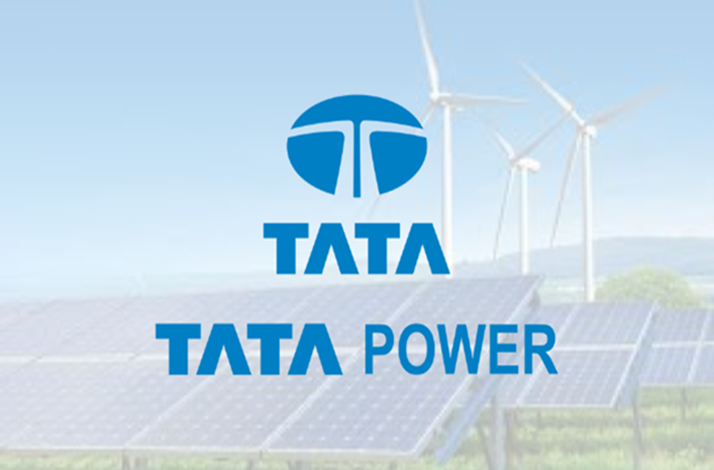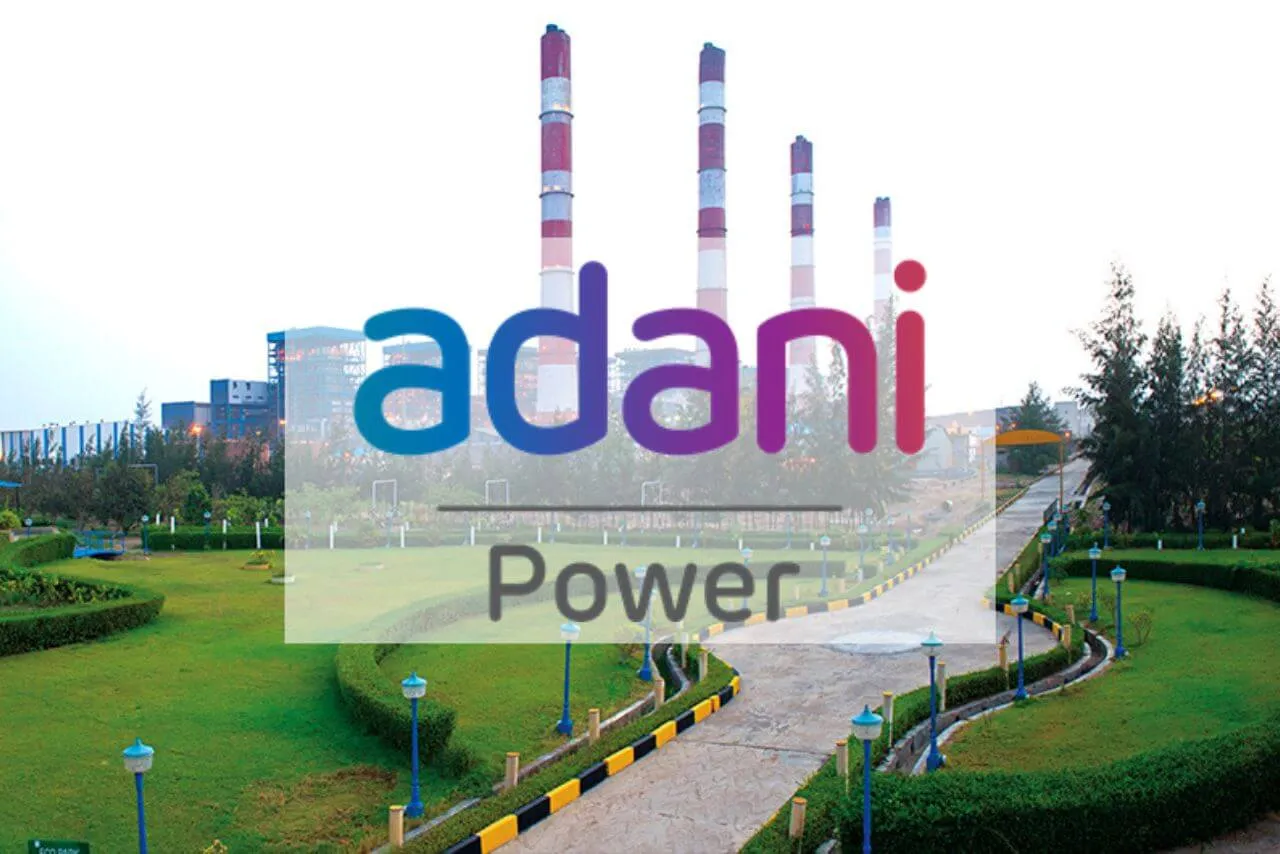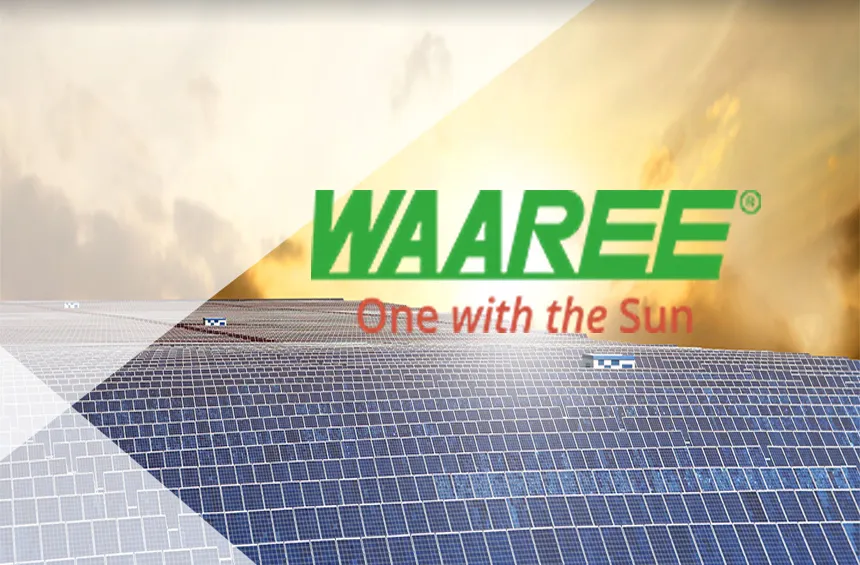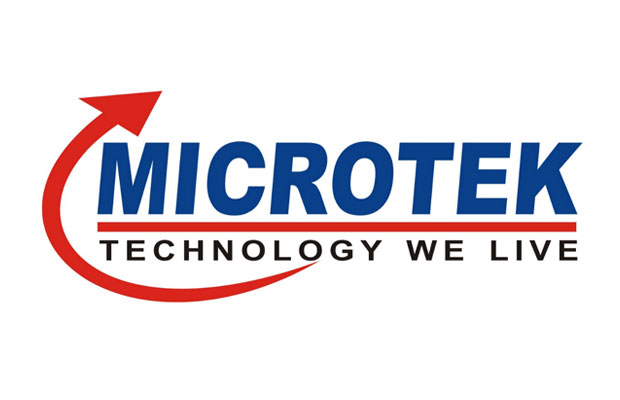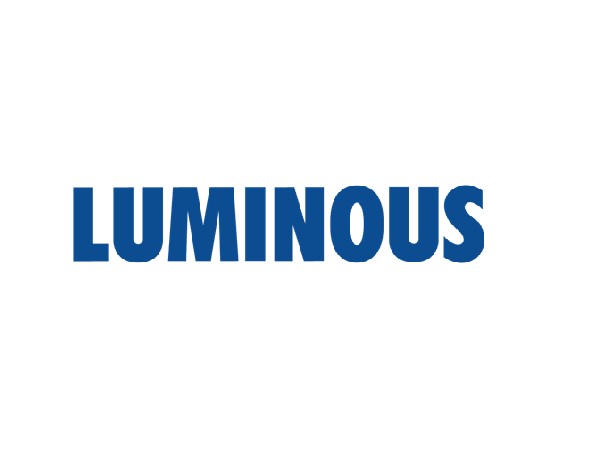Integrated Solar Panel Installations
Integrated Mount Solar Systems by Wellborn Digital
Unlock the full potential of solar technology with Wellborn Digital’s integrated mount solar systems. Our integrated solutions are designed not only to meet your energy needs but also to enhance the architectural aesthetics of your property. Perfect for new buildings or renovations, our solar installations are tailored to integrate flawlessly with your roof, creating a sleek, uniform appearance.
What Are Integrated Mount Solar Systems?
Integrated mount solar systems, also known as building-integrated photovoltaics (BIPV), replace traditional building materials in parts of the building envelope such as the roof, skylights, or facades. These systems are not just mounted on the structure but are part of the structure itself, providing a seamless look that many property owners desire.
Benefits of Integrated Mount Solar Installations
- Aesthetic Appeal: Integrated solar panels maintain the line and look of your property without the bulky frames of traditional systems.
- Increased Property Value : By improving the building's appearance and efficiency, integrated solar systems can significantly increase property value.
- Space Efficiency : They utilize existing building surfaces, thereby saving space and reducing material use.
- Energy Efficiency: : Integrated systems are designed to maximize energy capture and efficiency tailored to your property’s orientation and design.



Ideal Applications for Integrated Solar Systems
Integrated solar systems are ideal for:
- New Constructions : Easily incorporated into the design phase for a clean and streamlined look.
- Renovations : Upgrade your building’s efficiency and aesthetics simultaneously during renovation projects.
- Commercial Properties : Enhance the appeal and sustainability of commercial spaces like office buildings, shopping centers, and more.
Our Integrated Solar Installation Process
- Consultation : Understand your energy needs and aesthetic preferences.
- Design : Tailor a solar solution that integrates into your building’s design.
- Installation : Our skilled team ensures precise installation for optimal performance and aesthetics.
- Aftercare and Maintenance : : Provide ongoing support to ensure your system continues to perform efficiently.
Why Choose Wellborn Digital for Your Integrated Solar Solution?
Wellborn Digital specializes in high-quality, customized solar solutions that cater to the specific needs and styles of our clients. With years of expertise in integrated solar installations, we ensure that every project is executed with precision, from initial design to final implementation.
FAQ
If you don't see an answer to your question, you can send us an email from our contact form.
Send EnquiryIntegrated solar panel installations, also known as Building-Integrated Photovoltaics (BIPV), are systems where the solar panels are integrated directly into the structural elements of a building, replacing traditional building materials in the roof, facades, or windows. These systems not only generate electricity but also serve as part of the building envelope.
Unlike standard solar panels that are mounted on existing roofing structures, integrated solar panels are incorporated directly into the building's design, often replacing parts of the roofing, walls, or windows. This integration allows for a more aesthetic and seamless appearance, enhancing the architectural design without compromising the functionality of power generation.
Yes, generally, integrated solar panels can be more costly than traditional solar installations due to the complexity of integration and the dual role as a building material and an energy generator. However, the cost is often offset by the reduction in other building materials and the potential increase in property value.
Integrated solar panels are most effectively installed on new buildings or during major renovations. The suitability also depends on the building’s orientation, roof angle, and exposure to sunlight. They can be designed for various types of buildings, including residential, commercial, and industrial properties.
The primary benefits include:
-
Aesthetic Integration: They offer a sleek, modern look that can blend seamlessly with the building's design.
-
Space Efficiency: By replacing roofing materials or windows, they utilize space that would otherwise not produce energy.
-
Increased Property Value: Properties with integrated solar solutions may have higher value due to their advanced functionality and design.
-
Energy Efficiency: These systems contribute to the building's energy needs, potentially reducing utility costs significantly.
Maintenance for integrated solar panels is similar to traditional solar panels and includes regular cleaning to remove dust, debris, or snow, and periodic inspections to ensure all electrical connections and materials are in good condition. However, because they are integrated, special care must be taken to avoid damaging the building envelope.
Integrated solar panels are designed to last as long as standard solar panels, typically around 25 to 30 years. They are built to withstand environmental elements just as traditional roofing materials would.
Warranties for integrated solar panels cover both the power generation capabilities and the integrity of the building materials. Typically, manufacturers offer a warranty of 20 to 25 years for power output and around 10 to 15 years for materials, but this can vary by manufacturer and product.
While integrated solar installations can significantly contribute to your building’s energy requirements, the total coverage depends on various factors including the size of the installation, local sunlight conditions, and your energy consumption. A detailed assessment during the planning phase can provide a more accurate estimation.
